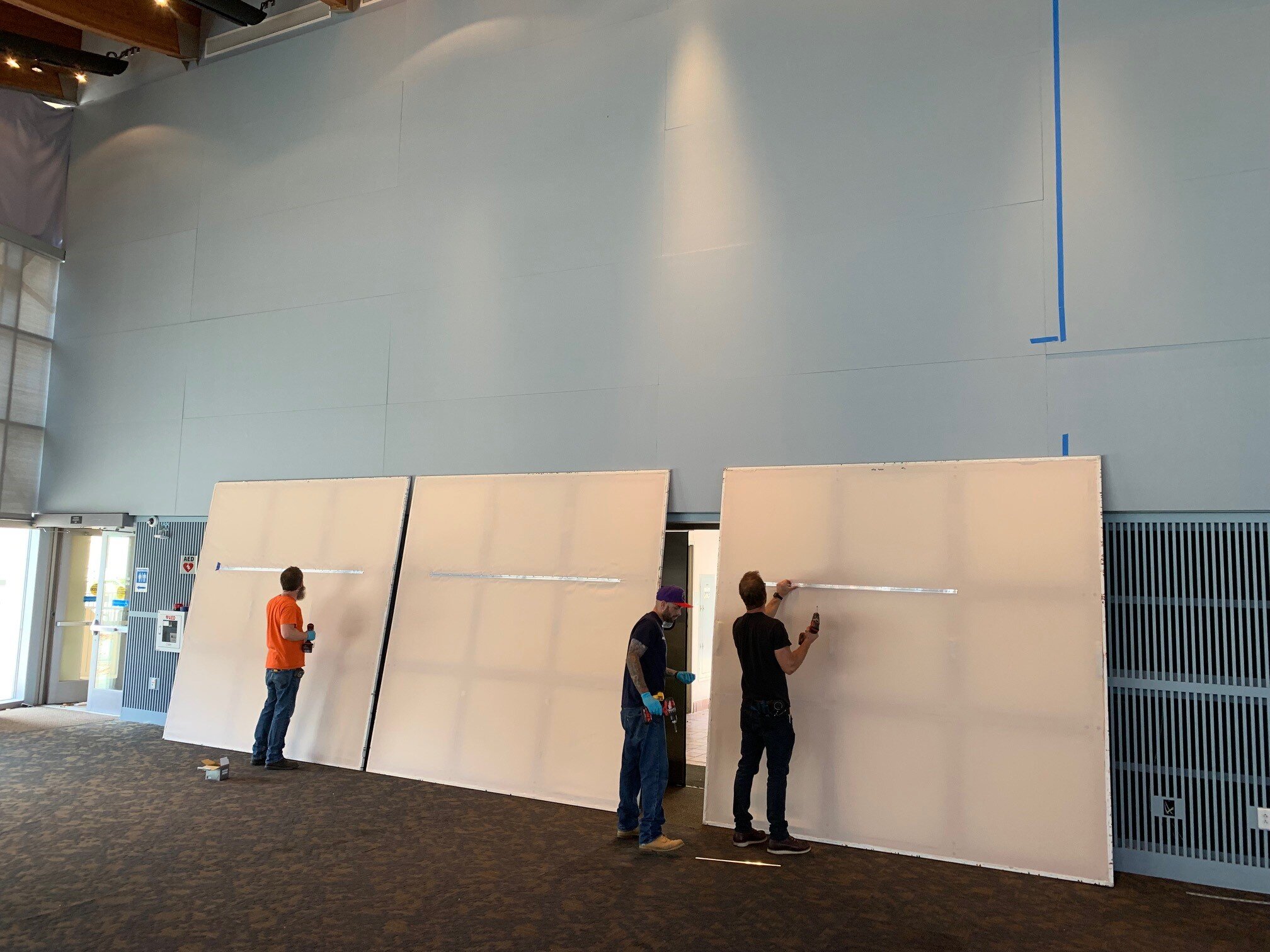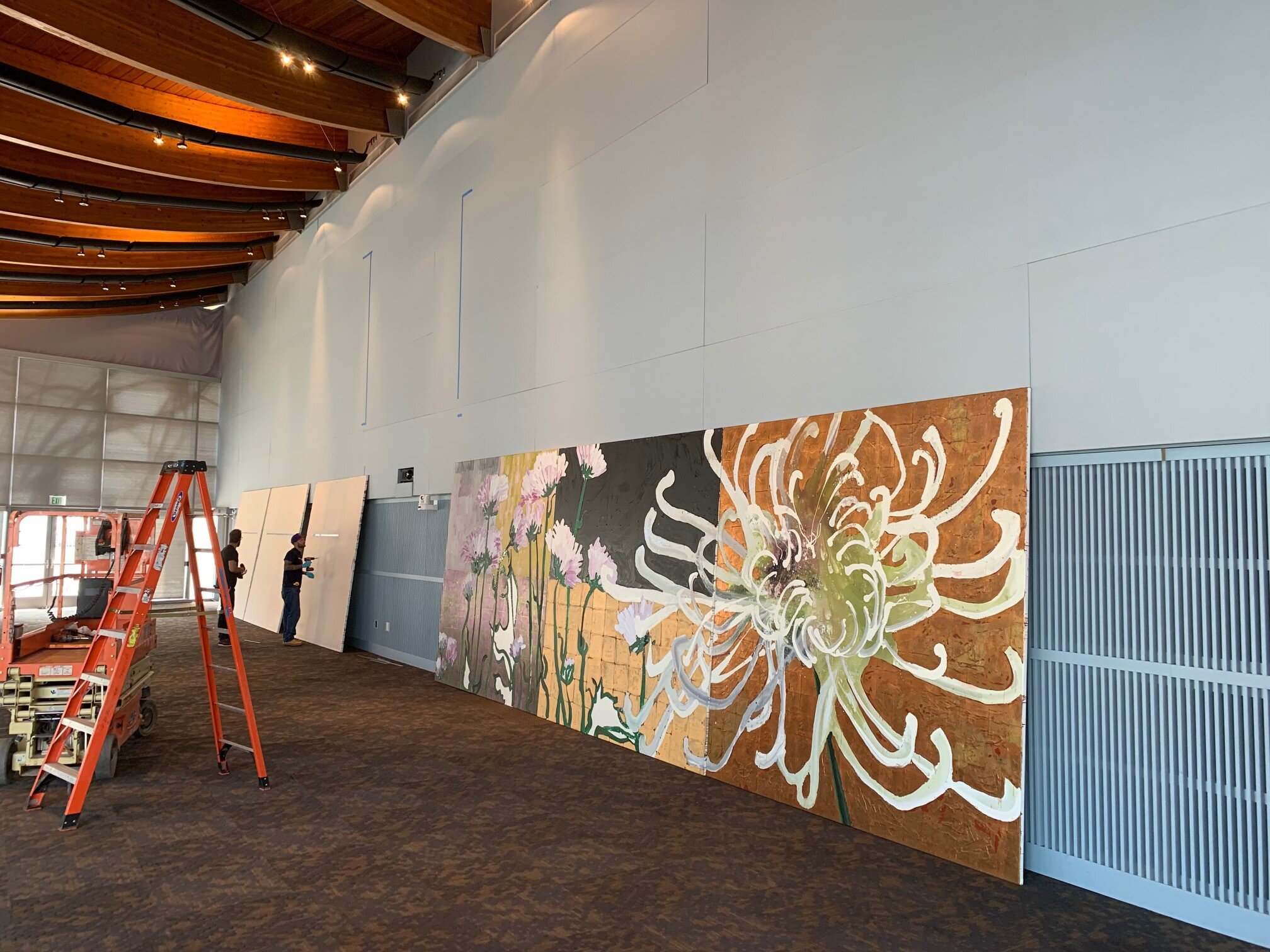Antella Curtain and Window: Lemon and Poppies II, 2023
Oil, acrylic, conté crayon, and pencil on canvas
36 x 48 inches
Robert Kushner: Antella Windows and Curtains
March 21 – April 27, 2024
DC MOORE GALLERY
OPENING RECEPTION
MARCH 21, 6-8pm
DC Moore Gallery is pleased to present Robert Kushner: Antella Windows and Curtains, an exhibition of new still life paintings. In April and May of 2023, Robert Kushner visited the Woodman Residency Foundation, the former home and studios of Betty and George Woodman outside of Antella, Italy. Working in George Woodman’s former painting and photography studio, surrounded by olive groves and blue hills, Kushner began the series of paintings on view, completing the works when they were shipped back to his studio in New York. Incorporating still life subjects from the surrounding gardens, fields, and kitchen cabinets, Antella Windows and Curtains explores the relationship between interior and exterior.
VIEW WORK HERE
A long-time friend of Betty and George Woodman, Kushner had visited them at their Tuscan retreat over the years. The home is filled with ceramics formed and glazed by Betty, including everyday objects such as cups, bowls, and vases. Outside, there were blooming flowers and trees in the gardens planted by the two artists. Striped fabric curtains hung in the windows. Gathering these elements together, Kushner created complex harmonies of color and form, later adding Japanese textiles from his New York studio. The works are diaristic, integrating the objects Kushner used daily, the flowers in bloom, and the changing sky and light.
The bright, sun-drenched colors and floral forms are contrasted with the use of white space. The open space of the window and the lines of the curtain are abstracted into blocks of solid color, dividing the background into quadrants. Within these grids, Kushner introduces decorative patterns from textiles, complicating the relationship between flatness and depth. Using simplified, graphic lines and curves, Kushner continues his longstanding exploration of relations between organic and geometric space.
This exhibition is accompanied by a fully illustrated catalogue featuring Robert Kushner’s writings about his time spent in Antella.
Since the 1970s, Robert Kushner has continually addressed controversial and often subversive issues involving the interaction of decoration and art. Kushner’s work has been exhibited extensively internationally, with recent museum exhibitions including Hokusai: Inspiration and Influence, Museum of Fine Arts, Boston, MA (travelled to Seattle Art Museum, WA and Nelson-Atkins Museum of Art, Kansas City, MO); Risarcimento. Per non dimenticare, Uffizi Galleries, Florence; Somewhere Downtown: Art in 1980s New York, UCCA Beijing, China; Pattern and Decoration: Ornament as Promise, Ludwig Forum für Internationale Kunst, Aachen, Germany (traveled to mumok Vienna and the Ludwig Museum, Budapest); Pattern, Decoration & Crime, Le Consortium, Dijon, France; Less is a Bore: Maximalist Art and Design, Institute of Contemporary Art, Boston; With Pleasure: Pattern and Decoration in American Art 1972–1985, Museum of Contemporary Art, LA and the Hessel Museum of Art, Annandale-on-Hudson, NY; and Greater New York at MoMA P.S.1.
For press inquiries, please contact Caroline Magavern at cmagavern@dcmooregallery.com.







































